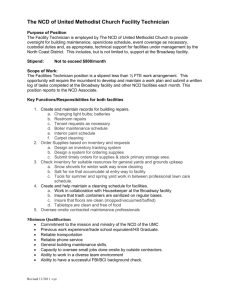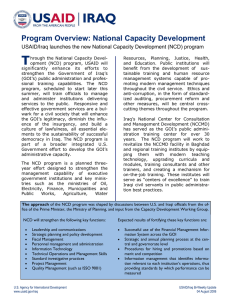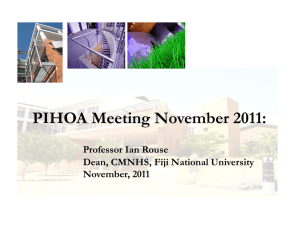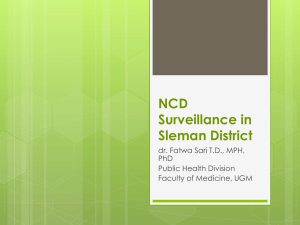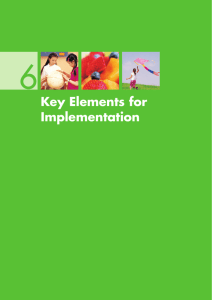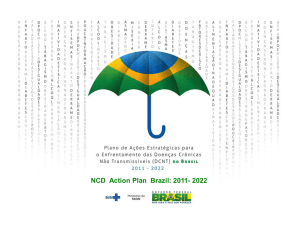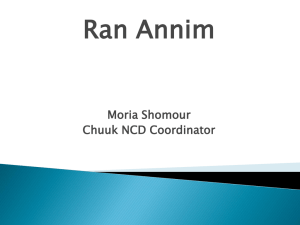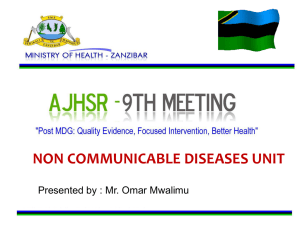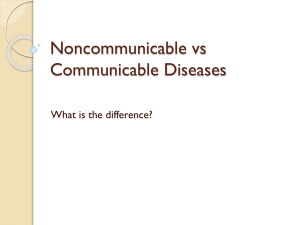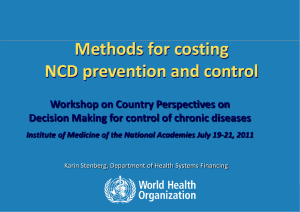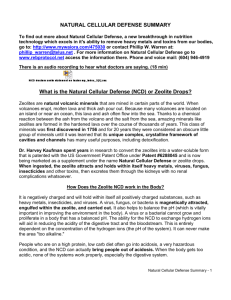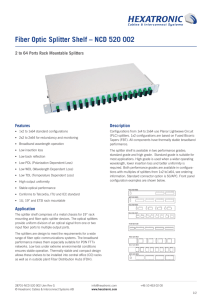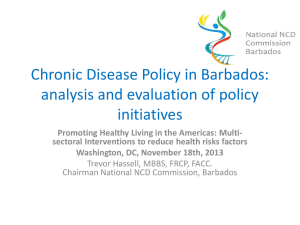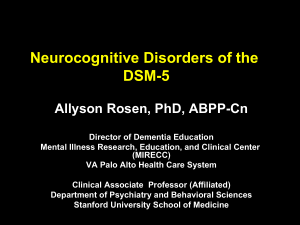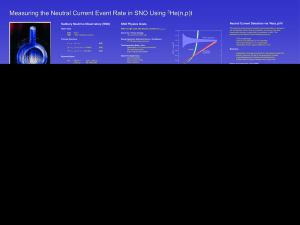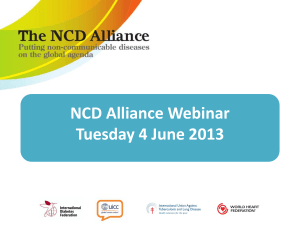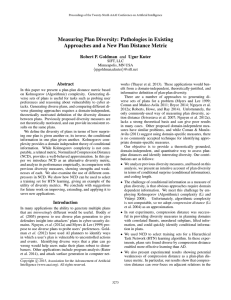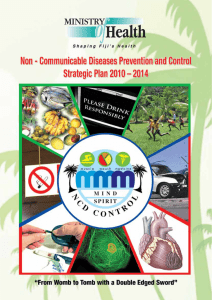Особенности кардиогемодинамики и атерогенных изменений
advertisement
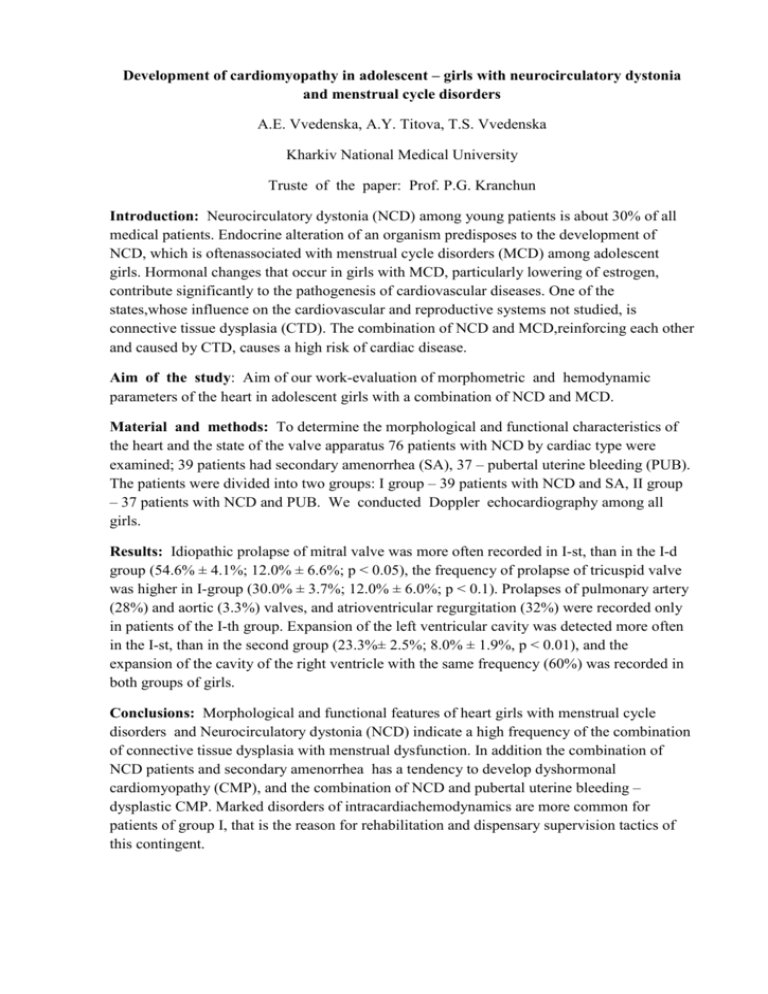
Development of cardiomyopathy in adolescent – girls with neurocirculatory dystonia and menstrual cycle disorders A.E. Vvedenska, A.Y. Titova, T.S. Vvedenska Kharkiv National Medical University Truste of the paper: Prof. P.G. Kranchun Introduction: Neurocirculatory dystonia (NCD) among young patients is about 30% of all medical patients. Endocrine alteration of an organism predisposes to the development of NCD, which is oftenassociated with menstrual cycle disorders (MCD) among adolescent girls. Hormonal changes that occur in girls with MCD, particularly lowering of estrogen, contribute significantly to the pathogenesis of cardiovascular diseases. One of the states,whose influence on the cardiovascular and reproductive systems not studied, is connective tissue dysplasia (CTD). The combination of NCD and MCD,reinforcing each other and caused by CTD, causes a high risk of cardiac disease. Aim of the study: Aim of our work-evaluation of morphometric and hemodynamic parameters of the heart in adolescent girls with a combination of NCD and MCD. Material and methods: To determine the morphological and functional characteristics of the heart and the state of the valve apparatus 76 patients with NCD by cardiac type were examined; 39 patients had secondary amenorrhea (SA), 37 – pubertal uterine bleeding (PUB). The patients were divided into two groups: I group – 39 patients with NCD and SA, II group – 37 patients with NCD and PUB. We conducted Doppler echocardiography among all girls. Results: Idiopathic prolapse of mitral valve was more often recorded in I-st, than in the I-d group (54.6% ± 4.1%; 12.0% ± 6.6%; p < 0.05), the frequency of prolapse of tricuspid valve was higher in I-group (30.0% ± 3.7%; 12.0% ± 6.0%; p < 0.1). Prolapses of pulmonary artery (28%) and aortic (3.3%) valves, and atrioventricular regurgitation (32%) were recorded only in patients of the I-th group. Expansion of the left ventricular cavity was detected more often in the I-st, than in the second group (23.3%± 2.5%; 8.0% ± 1.9%, p < 0.01), and the expansion of the cavity of the right ventricle with the same frequency (60%) was recorded in both groups of girls. Conclusions: Morphological and functional features of heart girls with menstrual cycle disorders and Neurocirculatory dystonia (NCD) indicate a high frequency of the combination of connective tissue dysplasia with menstrual dysfunction. In addition the combination of NCD patients and secondary amenorrhea has a tendency to develop dyshormonal cardiomyopathy (CMP), and the combination of NCD and pubertal uterine bleeding – dysplastic CMP. Marked disorders of intracardiachemodynamics are more common for patients of group I, that is the reason for rehabilitation and dispensary supervision tactics of this contingent.
